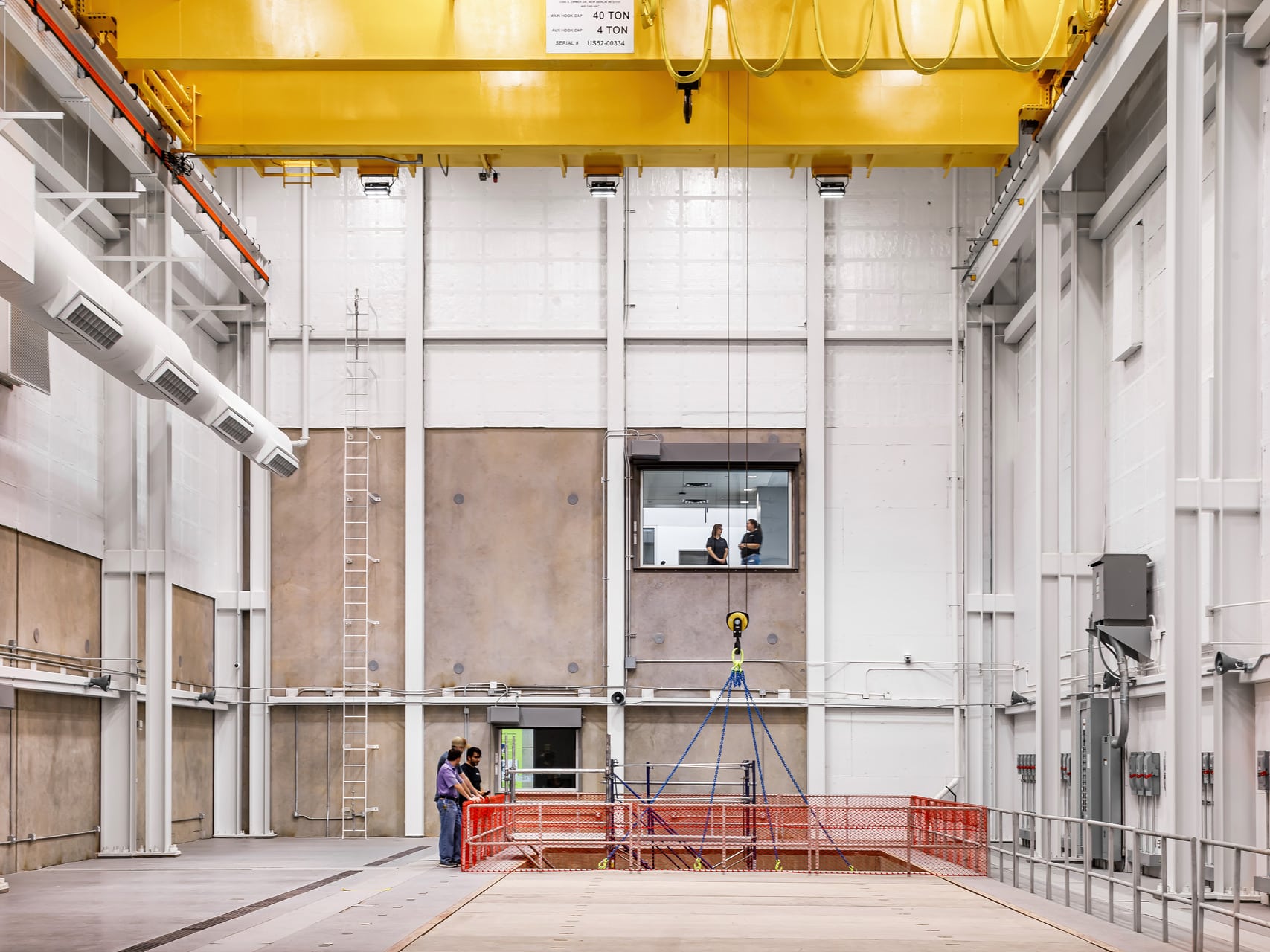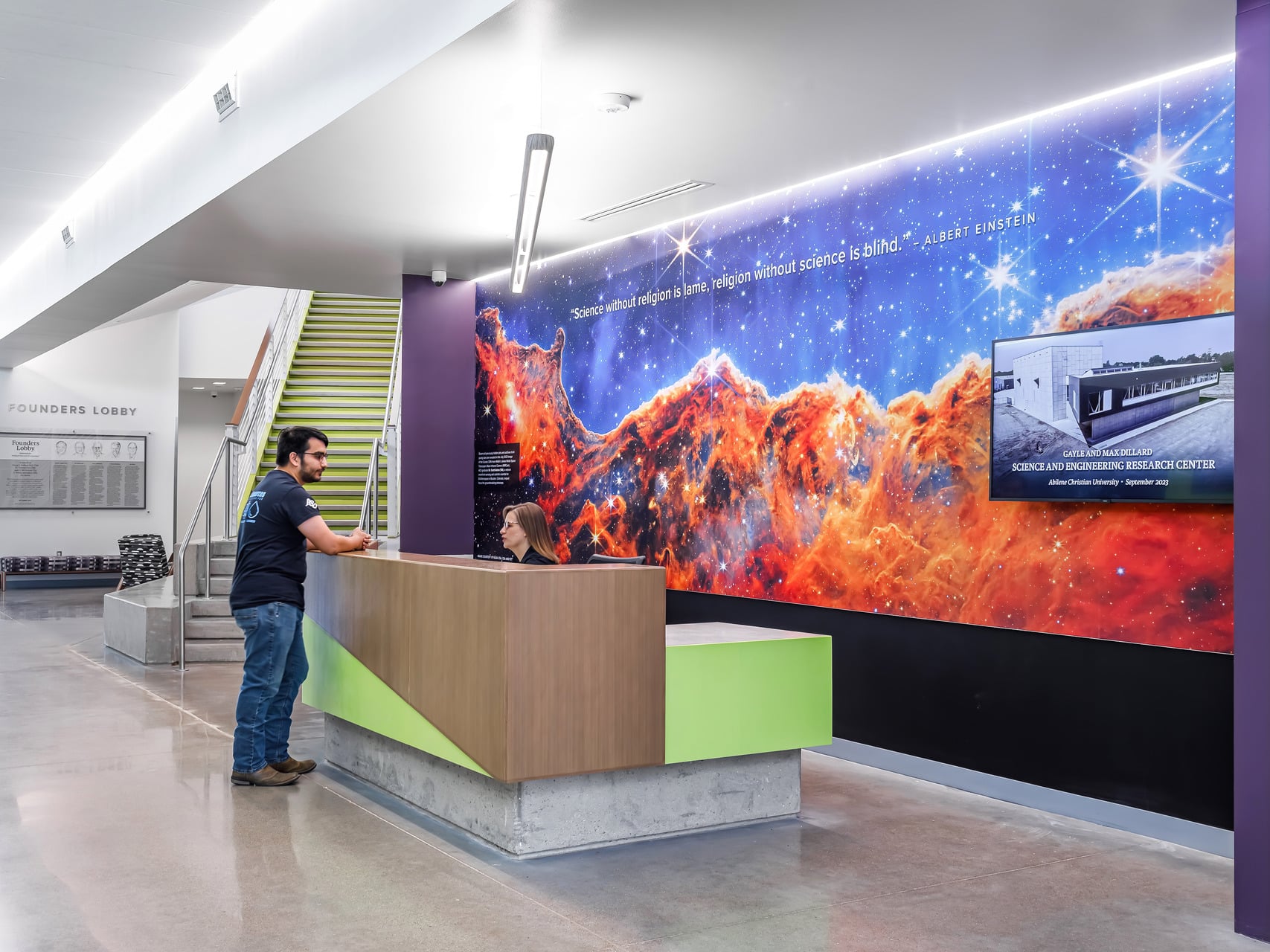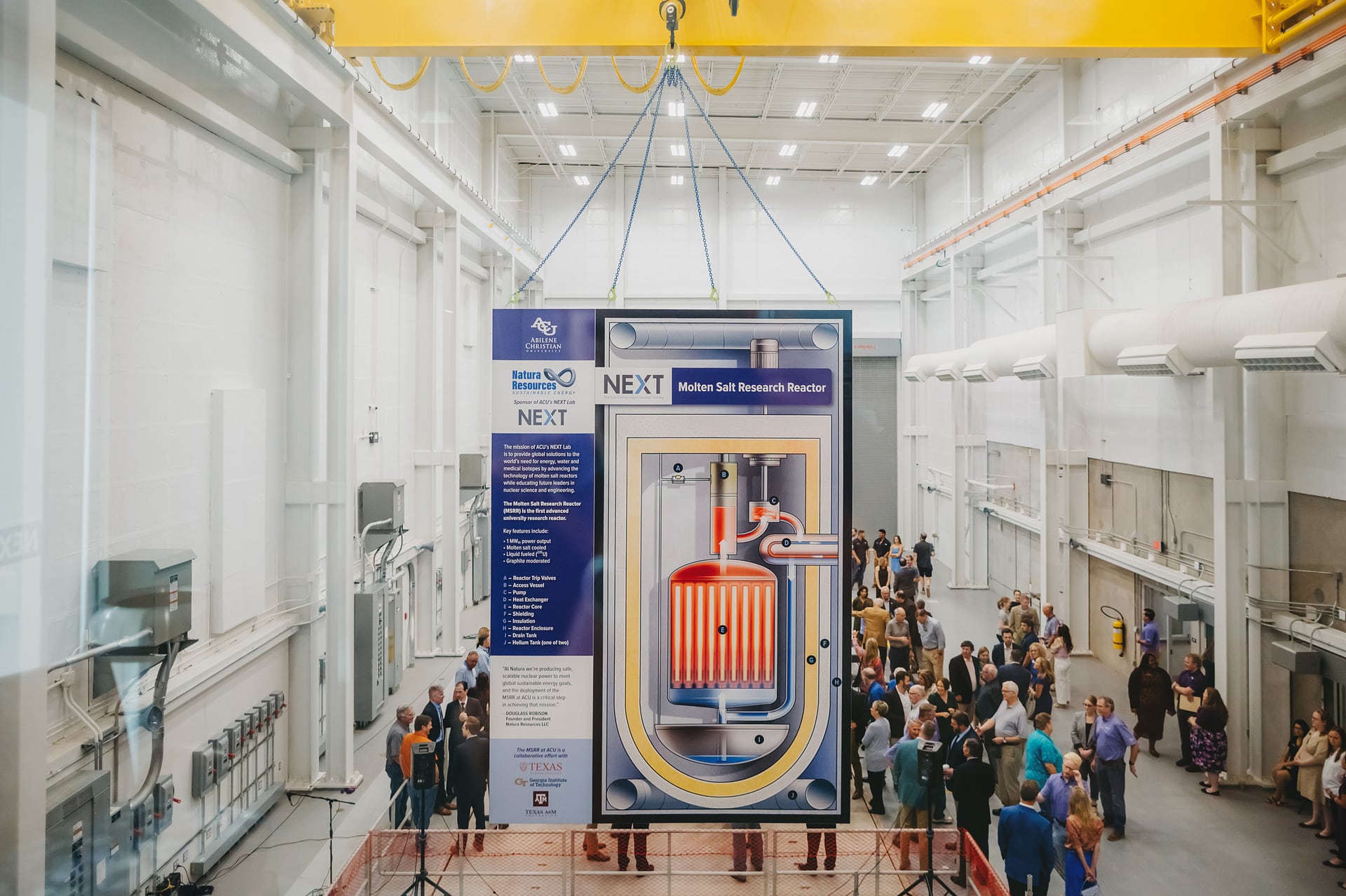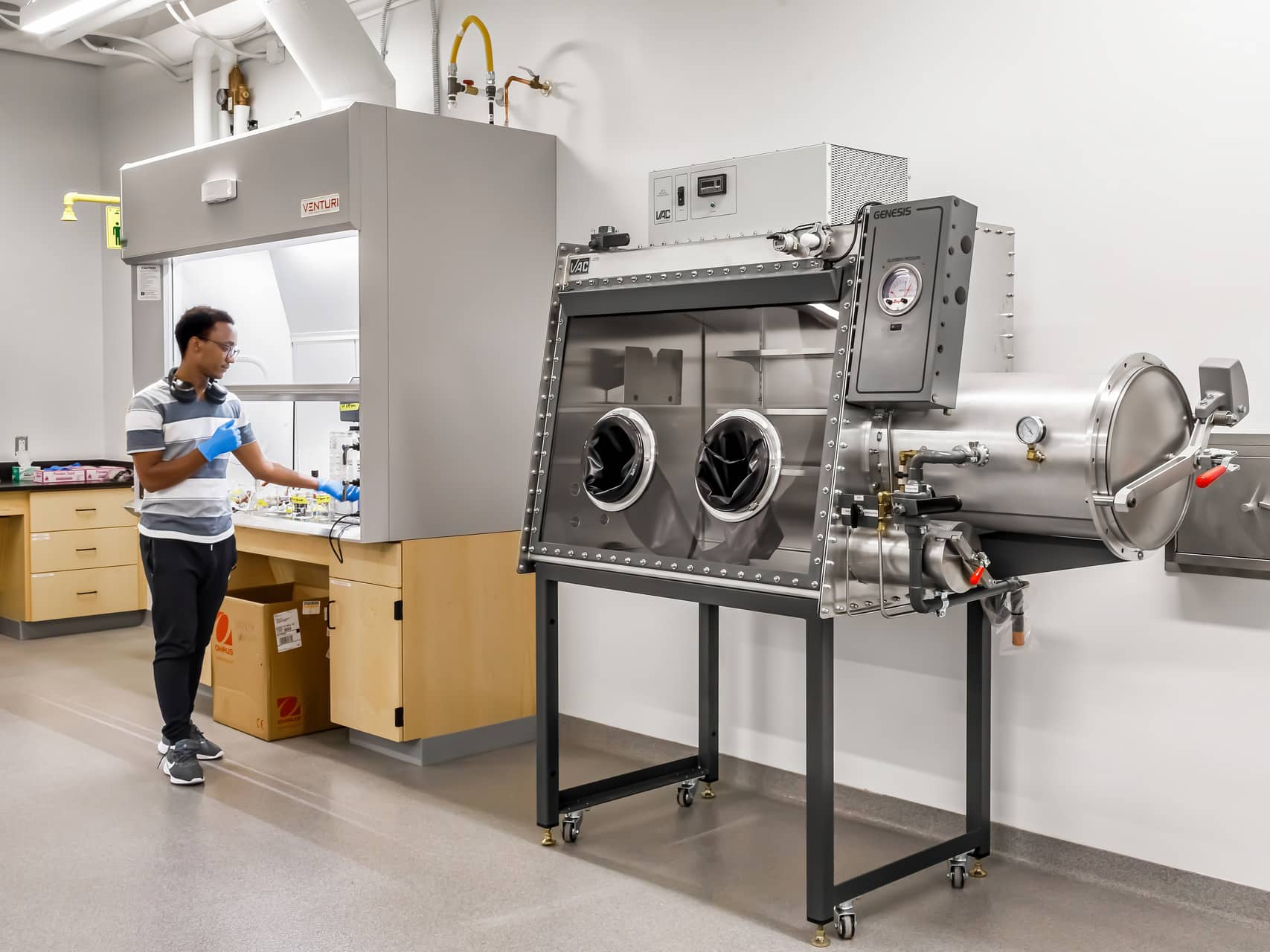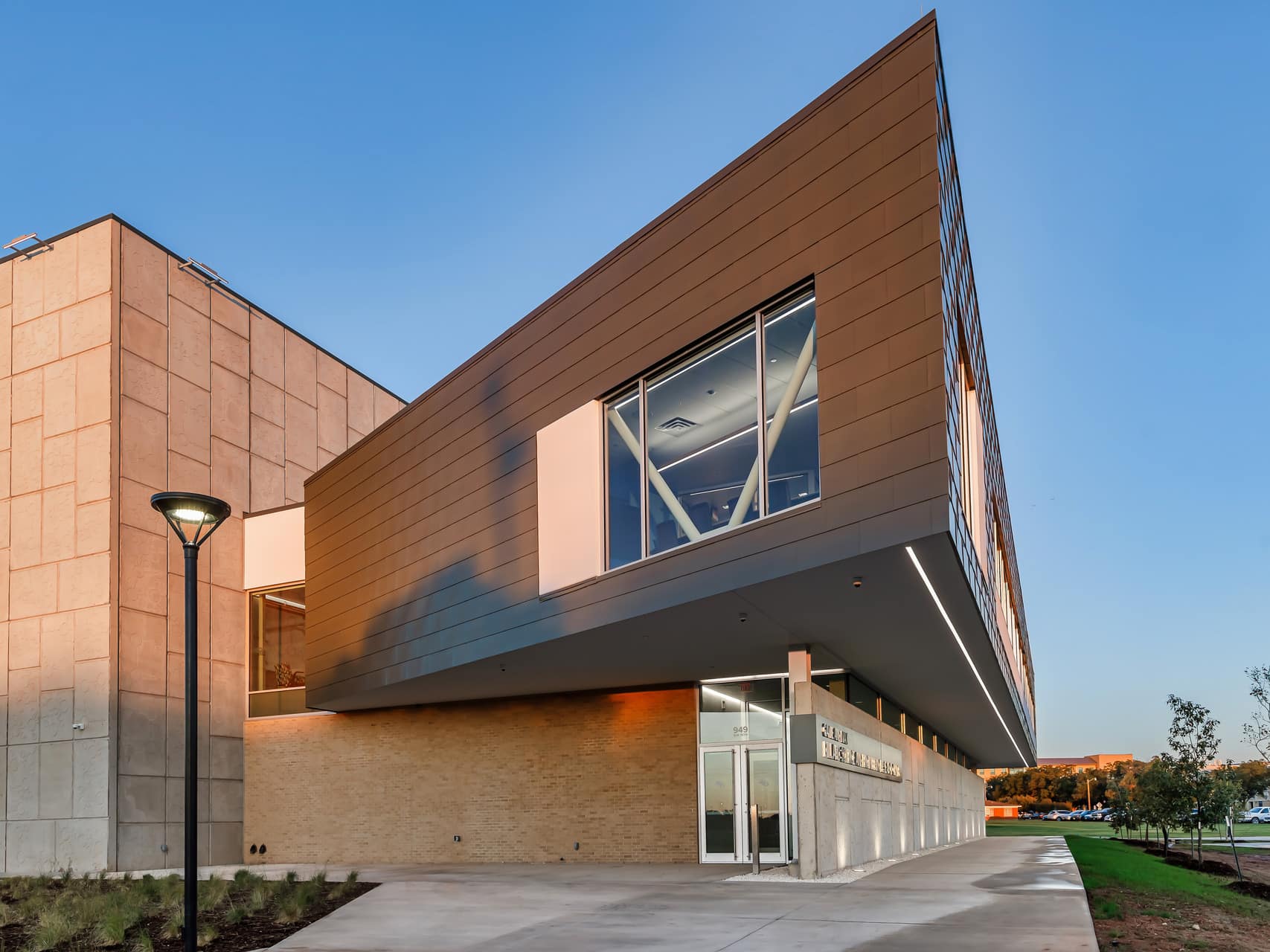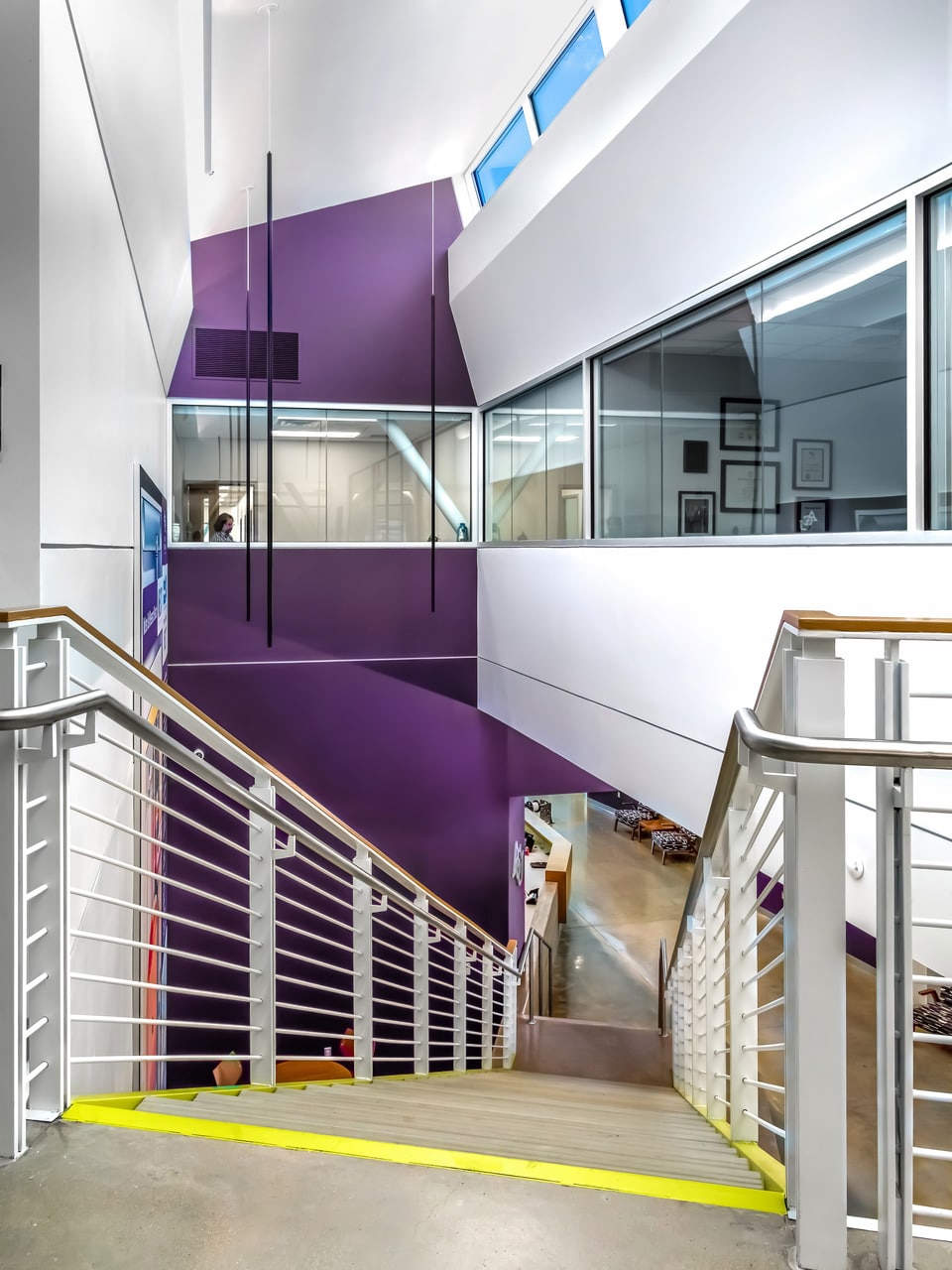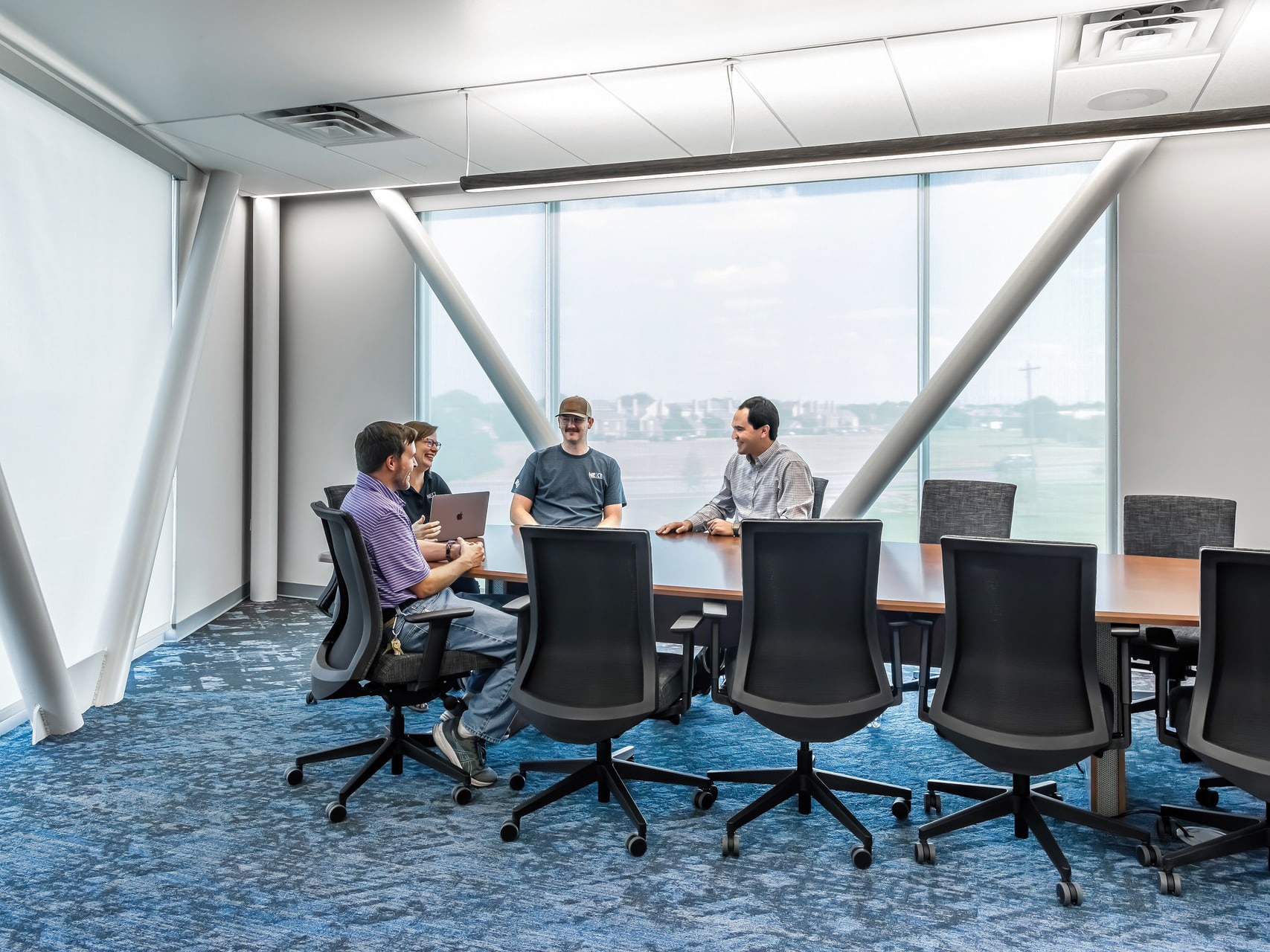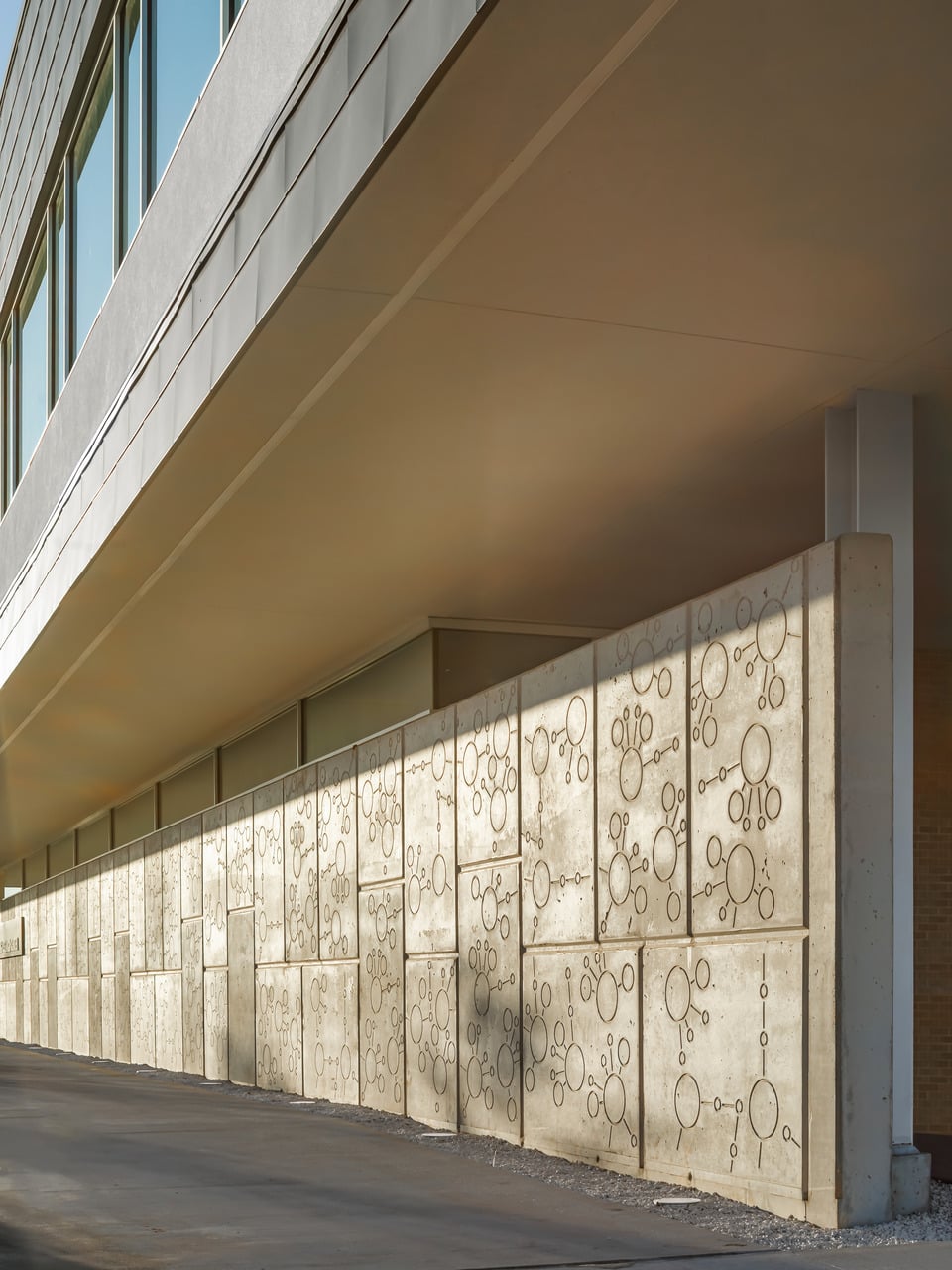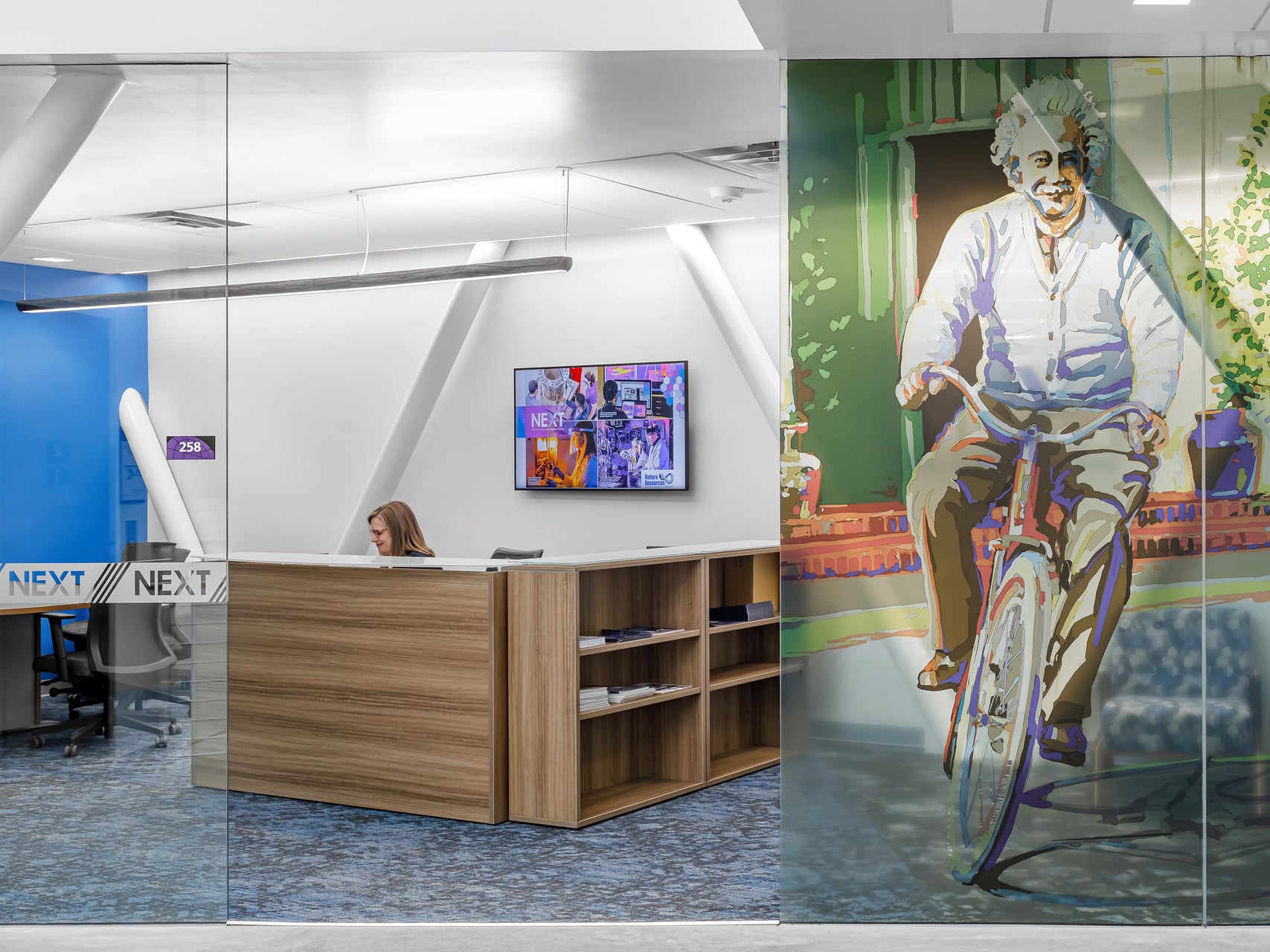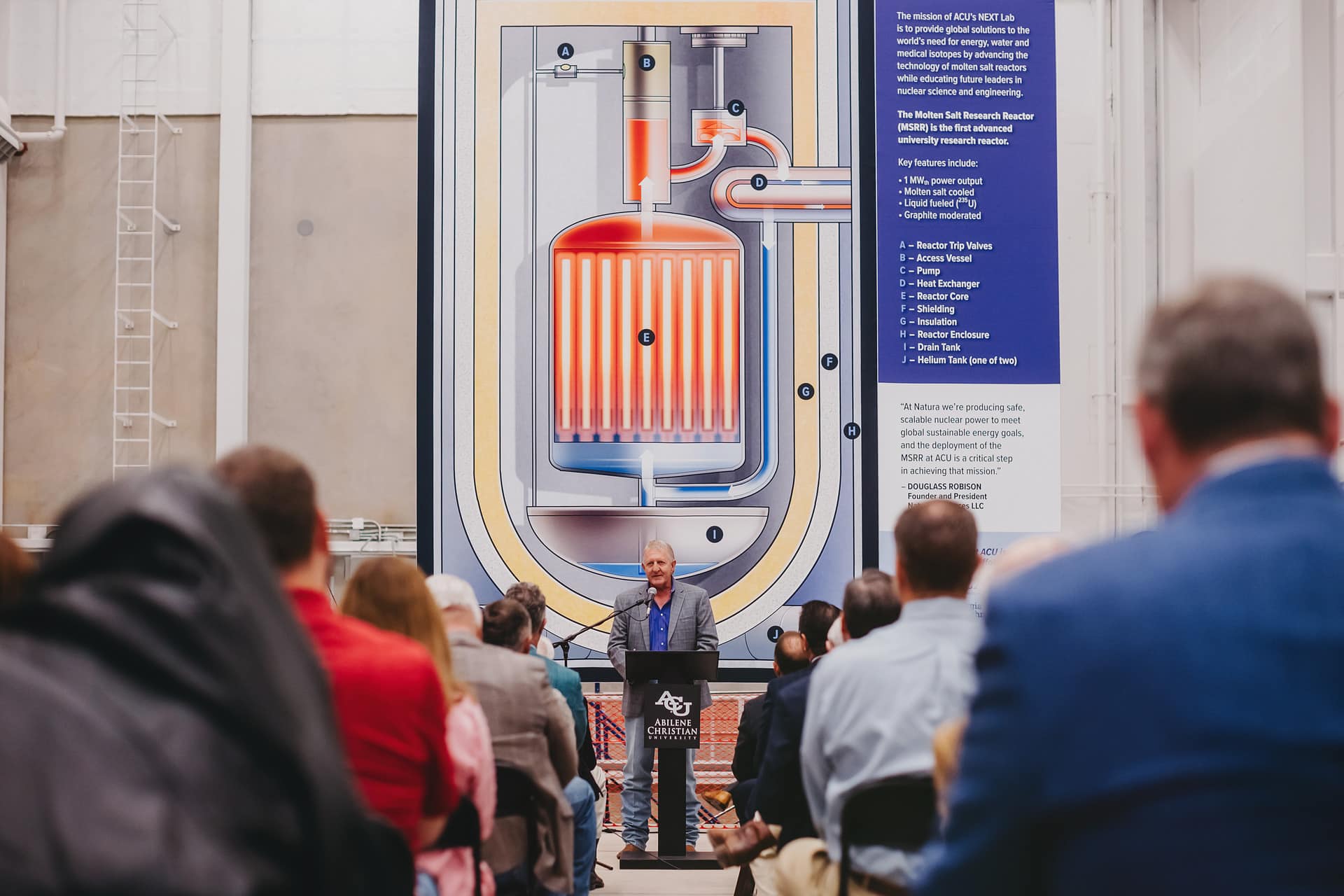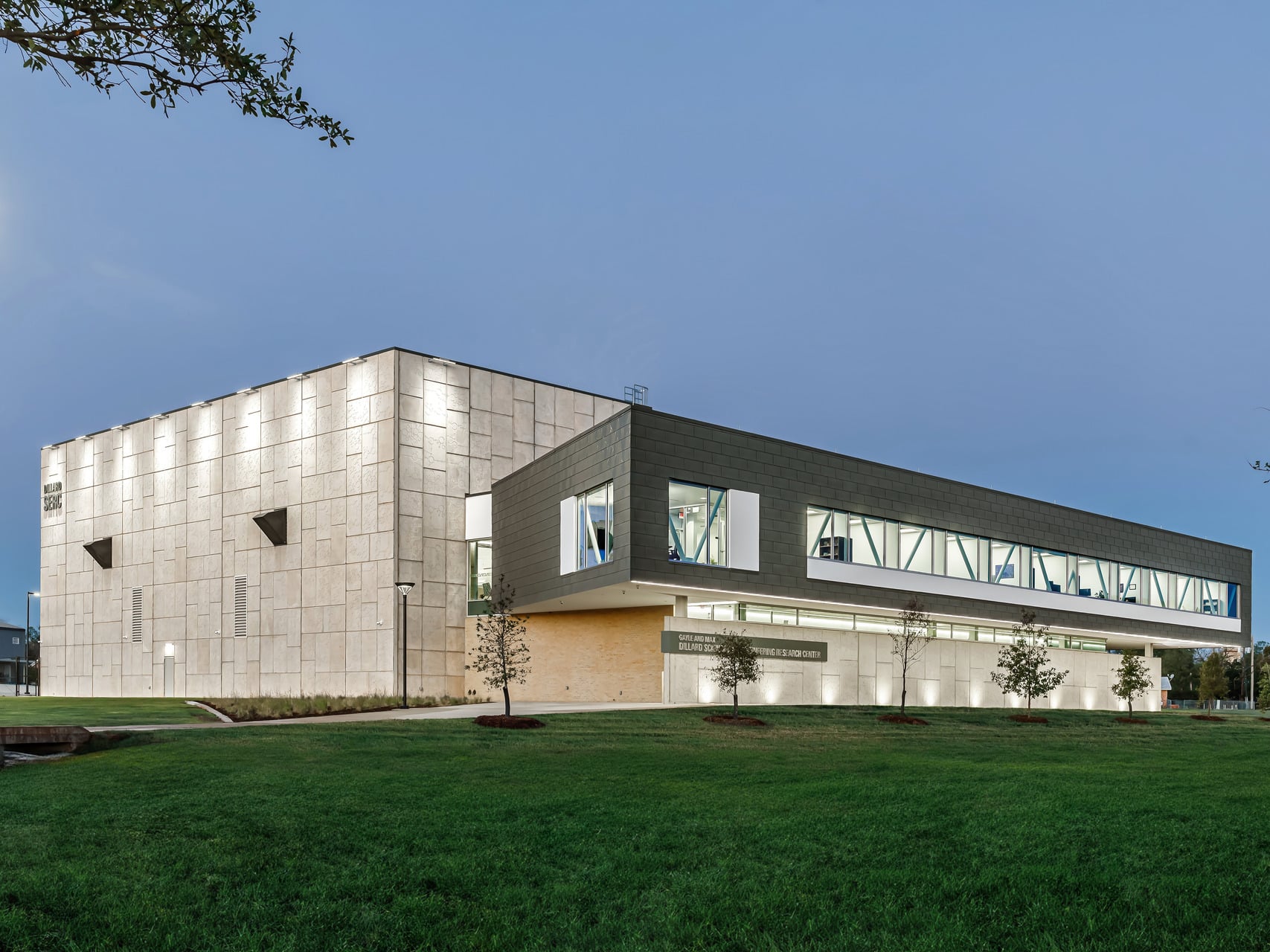ACU Dillard Science & Engineering Research Center
In the heart of Abilene, Texas, a groundbreaking mission is unfolding at Abilene Christian University’s Nuclear Energy Experimental Testing (NEXT) Lab. With a clear focus on “finding global solutions to the world’s most critical needs,” NEXT Lab has set its sights on tackling some of the most pressing issues facing humanity: clean energy, fresh water, and the production of medical isotopes essential for radiation treatment. Their chosen solution? A bold revival of advanced molten salt nuclear reactors—a technology that once held great promise but was set aside in the 1970s.
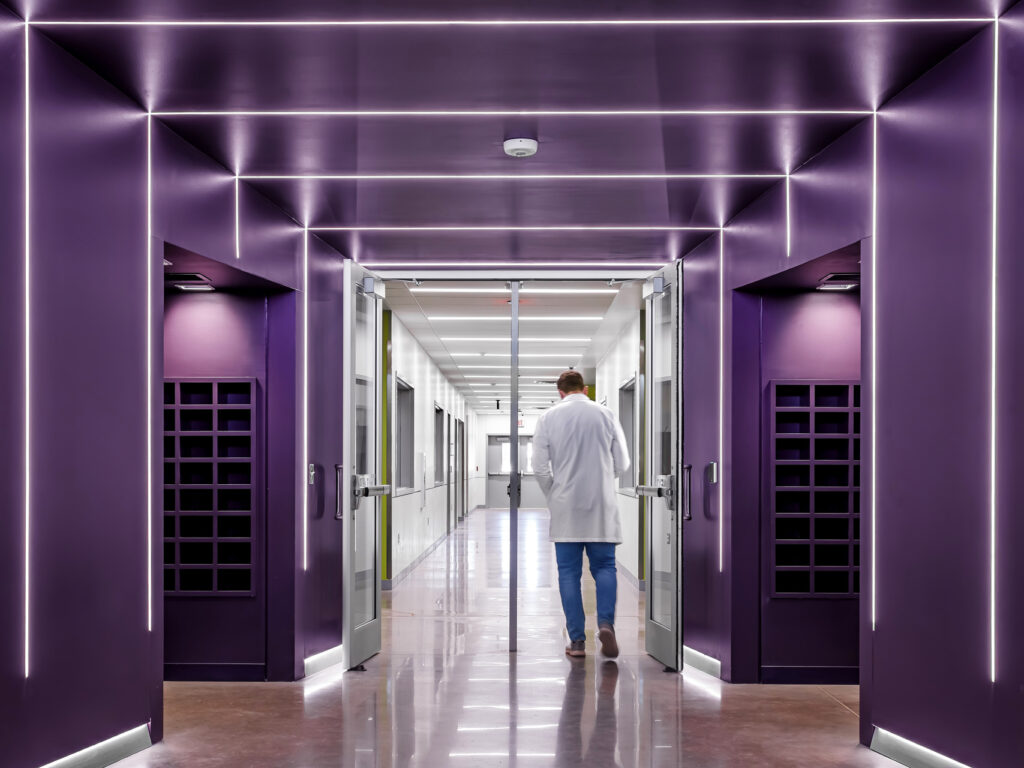
Leading the Charge
In 2016, NEXT Lab decided to pick up the mantle, breathing new life into the vision of molten salt reactors. These reactors, known for their safety and efficiency, had been left on the shelves for decades. NEXT Lab’s ambitious goal is to develop the first molten salt-moderated uranium research reactor. Since their inception, NEXT Lab has operated out of several facilities across ACU’s campus, innovating processes and technologies to push the boundaries of nuclear research. However, as their aspirations grew, so did their need for a specialized facility tailored to their unique research demands.
Collaboration for a Cleaner Future
Enter the Dillard Science & Engineering Research Center (SERC), a state-of-the-art facility completed in the summer of 2023. The journey to SERC was a meticulous one, guided by a multidisciplinary design team that worked hand-in-hand with ACU. The process involved careful site feasibility studies, selection, and constant coordination with NEXT Lab’s researchers. They engaged regularly with the Nuclear Regulatory Commission to ensure all safety standards were met. The design also had to accommodate the evolving nature of NEXT Lab’s research, requiring flexibility and adaptability at every turn.
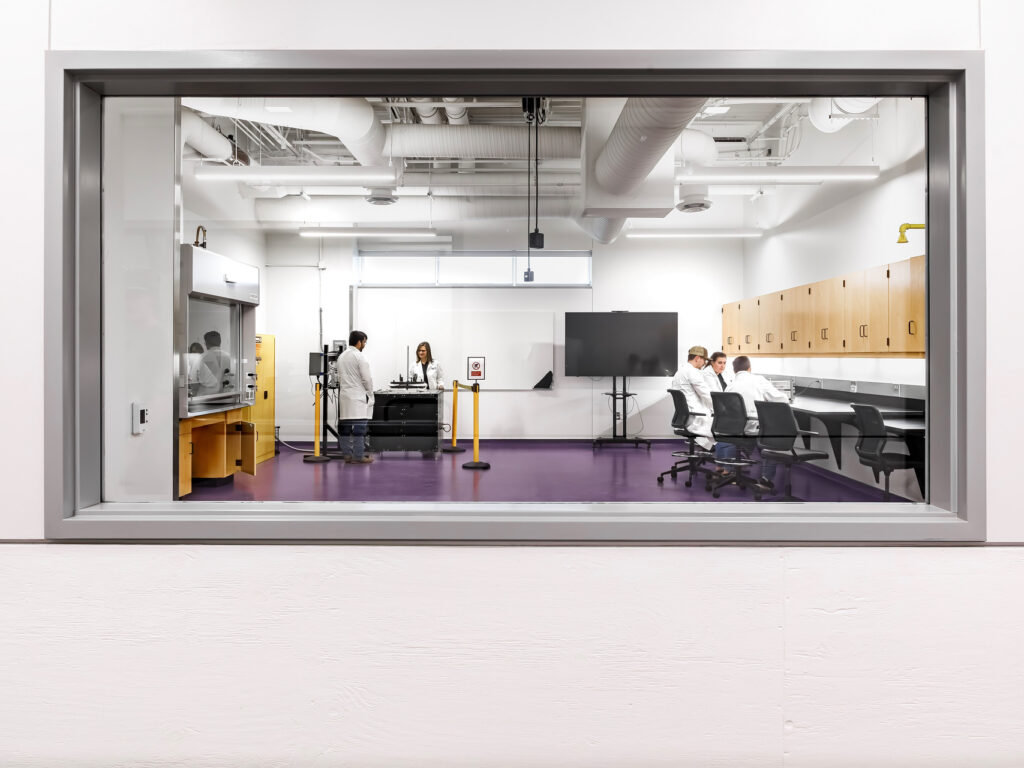

Pioneering Research and Innovation
Located along the prominent Judge Ely Boulevard, SERC is more than just a building; it stands as a gateway to ACU’s expanding campus and a beacon of innovation. The facility symbolizes the university’s commitment to pioneering research and its vision for the future. Here, the once-paused dream of molten salt reactors is coming back to life, promising a safer, cleaner, and more sustainable world. The Dillard Science & Engineering Research Center is not just a place for study; it’s a launchpad for the next generation of scientific discovery and a catalyst for change that resonates far beyond the boundaries of the campus. It’s a story of rekindling old flames to light the way forward, proving that sometimes, the best solutions are found in ideas that were ahead of their time.


